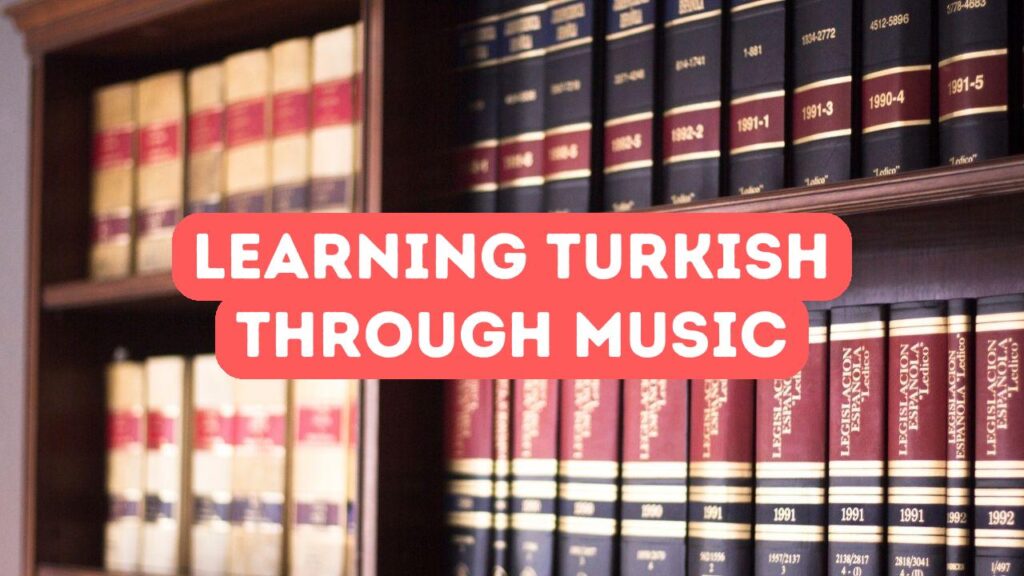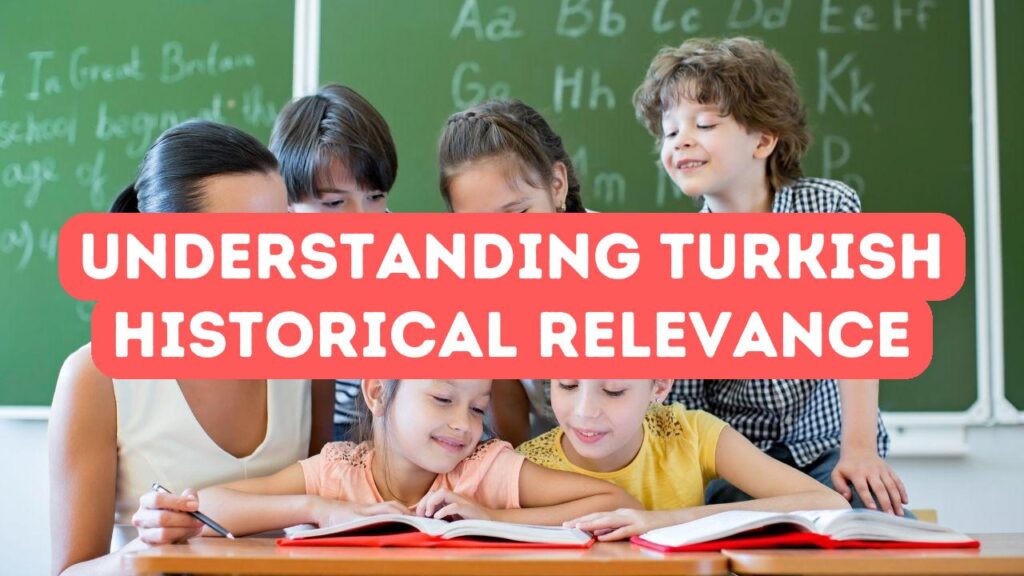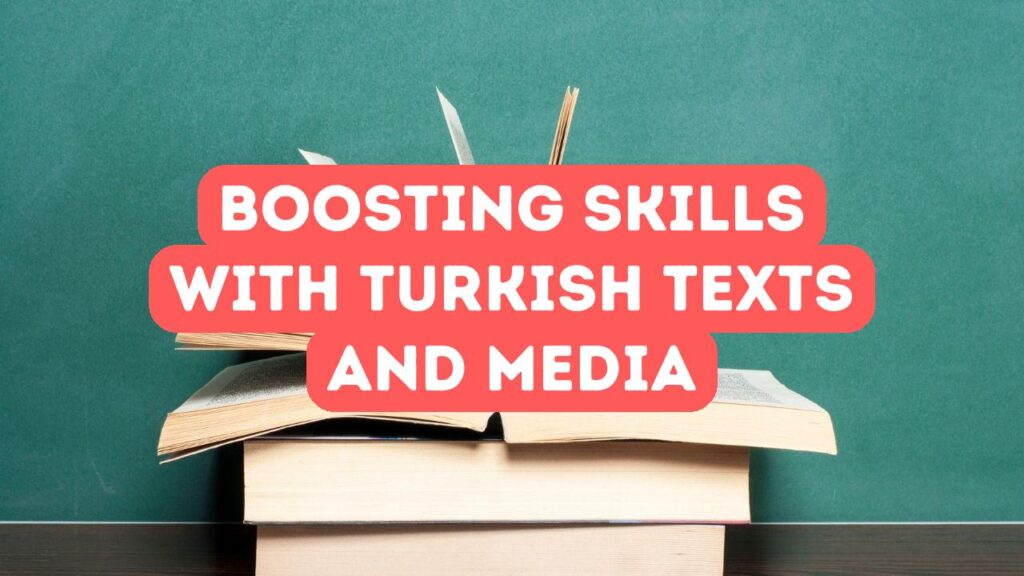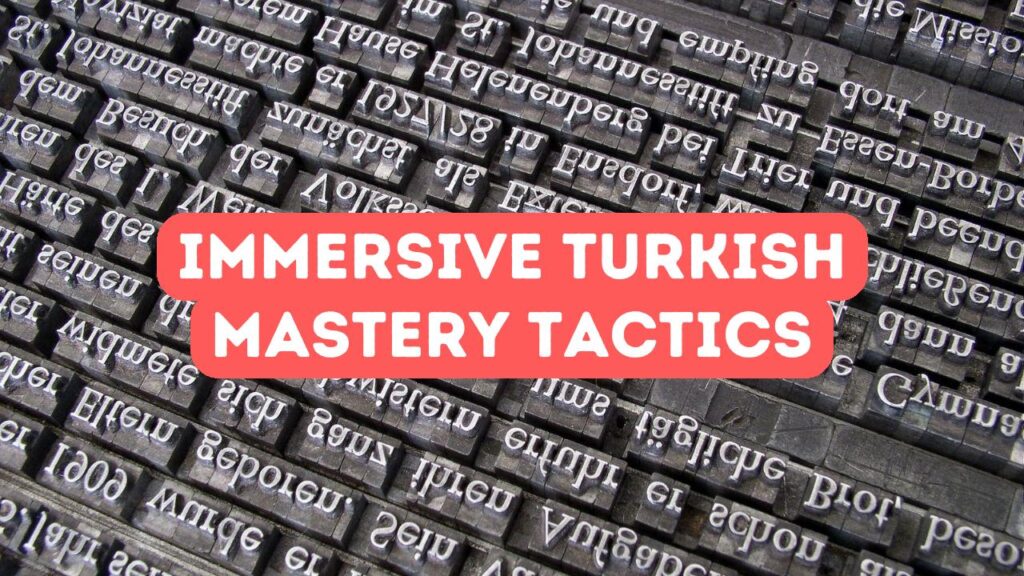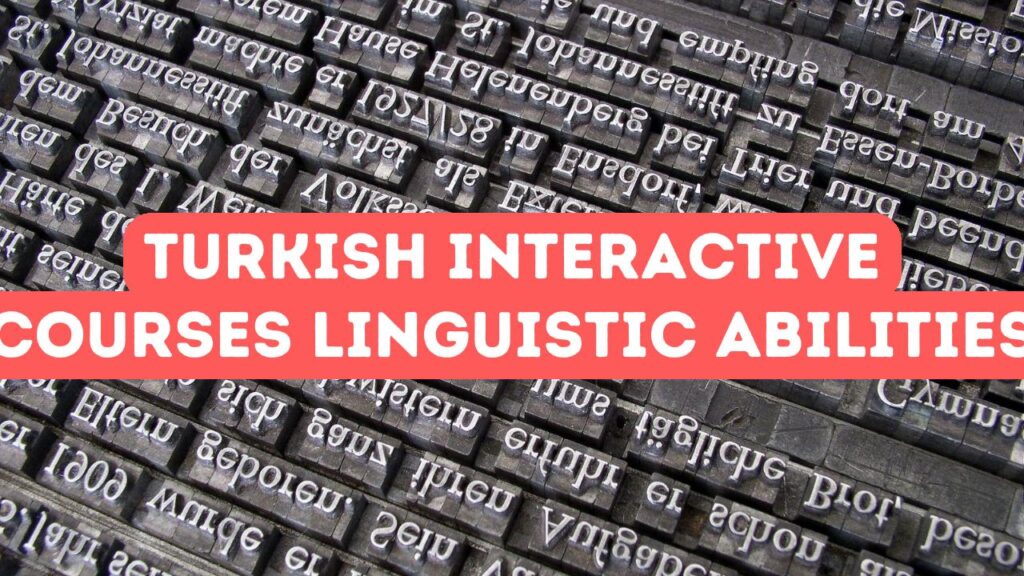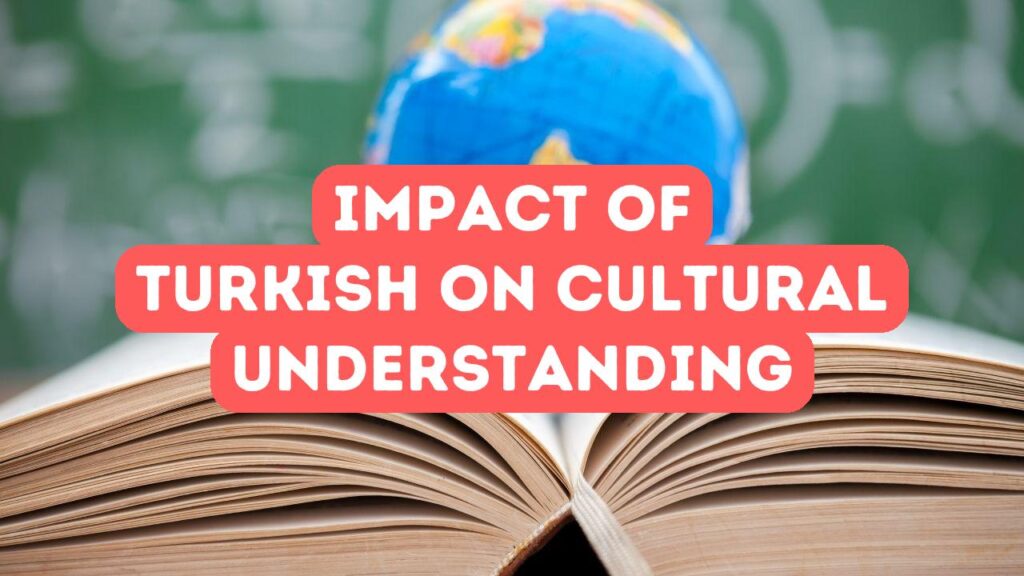Linguistic Dynamics in Melodic Learning
The linguistic dynamics in melodic learning hinge on the rhythmic and tonal properties that are naturally embedded in the Turkish language, making it particularly amenable to musical assimilation. In learning Turkish, melodies act as vessels, containing layers of linguistic content within their structures—providing a rhythm that mirrors the cadence of spoken language and a tonality that echoes the language’s phonemic patterns. This musical emulation of speech offers a dual-layered cognitive benefit: firstly, it facilitates the internalization of syntax and pronunciation through repetition and pattern recognition inherent in musical compositions; secondly, the emotional resonance of music enhances memory retention and recall of vocabulary. As learners engage with Turkish songs, the brain’s neural pathways responsible for both language and music are activated simultaneously, allowing for an accelerated and enduring acquisition process that feels more like a cultural embrace than a rigorous academic exercise.
Building on this foundation, the consonantal harmony and vowel harmony present in Turkish lend themselves to an almost musical arrangement, which when sung, can significantly aid in mastering these linguistic elements. For instance, vowel harmonization in Turkish songs becomes a memorable pattern, much like a catchy chorus that repeats and reinforces itself in the learner’s mind. Through the act of singing, language learners can physically experience the unique prosody of Turkish, with stress patterns and intonation contours mapping onto melodies and rhythms, thereby cementing grammatical rules in a dynamic and intuitive manner. This kinesthetic aspect of learning through music bridges the gap between abstract linguistic concepts and tangible, auditory experiences, making the formidable task of language acquisition not only more accessible but also more enjoyable, as learners can often be found humming their way towards fluency.
Encapsulating the essence of this harmonious learning approach, traditional Turkish folk stories and modern pop lyrics alike become rich repositories for vocabulary and expressions, woven into memorable narratives accompanied by music. As learners sing along to tales of love, heroism, and everyday life, they unconsciously absorb the contextual subtleties and idiomatic usage of the language. This method transcends conventional learning paradigms by granting immersive exposure to cultural idioms, fostering an appreciation for Turkish artistry and ethos. Engaging with the language through melodies thus blurs the line between education and entertainment, rendering the linguistic journey a soulful expedition where learners not only speak Turkish but feel its cultural heartbeat.
The Symbiosis of Turkish Language and Music
The Turkish language, with its rich phonetic texture and melodic cadence, naturally lends itself to musical expression. When approaching the linguistic components—the rhythm of syllables, the stress on specific vowels, and the flow of conversation—one cannot help but notice the inherent symbiotic relationship it shares with music. Just as a maestro conducts an orchestra to achieve a harmonious performance, the Turkish speaker skillfully modulates pitch and tempo, conveying meaning beyond mere words. This alignment not only accentuates the language’s intrinsic musicality but also provides an unconventional conduit for language acquisition. By intertwining spoken Turkish with its musical counterpart, learners can tap into the rhythm and melody that are already subtly embedded in the language, thus enhancing recall and pronunciation. By engaging with Turkish music, students are not only learning a language; they are also tuning their ears to the cultural heartbeat of Turkey, where language and music are interwoven in the fabric of daily life.
Delving deeper into the pedagogical implications, the infusion of music into language learning catalyzes a multifaceted sensory experience. Through the incorporation of Turkish melodies, be it the plaintive strains of a traditional Türkü or the pulsing beats of contemporary pop, linguistic patterns resonate with learners on an emotional plane. The rhythm and intonation of the language become intertwined with melody, allowing learners to internalize grammar and vocabulary not as isolated elements but as part of a living, breathing cultural tapestry. The mnemonic power of music facilitates recall, with the catchy hooks of choruses anchoring language constructs in memory. Critical to this experience is the emotional resonance that music evokes; it opens a gateway to understanding the cultural and historical contexts that shape the language, rendering the learning process not only more effective but also more enjoyable and personally enriching.
In practice, the symbiosis of Turkish language and music extends into the classroom, where traditional didactic methods can be revitalized and overshadowed by this harmonious blend. Beyond passive listening, learners can engage in active music-making, such as singing along to Turkish songs, which can dramatically improve pronunciation, rhythm, and intonation. As language learners articulate words set to music, they navigate the nuances of Turkish phonetics more naturally, reinforcing language skills in a context that encourages repetition without monotony. What’s more, by emotionally bonding with the music, learners often find themselves immersed in the essence of Turkish sentiment and storytelling, laying a foundation for advanced linguistic competences like idiomatic understanding and pragmatic usage. This educational alliance between language and music not only eases the daunting task of mastering a new language but also cultivates an appreciation for the cultural wealth that the language represents, inviting learners into a melodic journey through the soul of Turkey.
Advancing Language Acquisition with Musical Intonation
The rhythmic pulse and melodic contour of Turkish music naturally encapsulate the ebbs and flows of the language’s intonation patterns, offering learners an organic scaffold for internalizing pronunciation and accentuation. When students engage with Turkish songs, they are not merely mimicking sounds; they are immersing themselves in the tonal architecture of the language. The melodic lines in music mirror the prosodic features of speech, thereby aiding learners in grasping the subtle shifts in pitch and stress that characterize fluent Turkish dialogue. Through the incorporation of music into language study, learners experience the sing-song quality of Turkish, which is especially prominent in its vowel harmony and agglutinative structure. This melodious approach to learning makes the retention of complex phonetic and syntactic rules more intuitive and enjoyable, paving the way for advanced proficiency in communication.
Beyond mere pronunciation, the harmonic underpinnings of Turkish music offer a mnemonic framework that reinforces vocabulary and phraseology. As learners sing along to catchy tunes, lyrical content becomes more memorable, effectively planting seeds of language in fertile cognitive soil. Music, with its unique capacity to evoke emotion, also heightens the retention of new words by anchoring them to feelings and sensory experiences, making the recall process more efficient and natural. This emotional connection not only assists in committing lexical items to long-term memory but instills a sense of cultural empathy, drawing students closer to the emotional pulse of Turkish society and its linguistic expression. Through repeated exposure to the linguistic rhythms embedded in music, students internalize grammatical patterns and idiomatic expressions, transforming abstract language concepts into tangible, audible realities.
In the journey of language mastery, marrying melodies with learning sessions does more than facilitate memorization; it paves a path for a more profound cultural immersion. As learners articulate lyrics, they simultaneously absorb the tales, traditions, and ethos that those songs convey, deepening their connection to the Turkish way of life. This context-rich learning, entrenched in the shared human experience of music, transcends linguistic barriers, instilling not just a competence in communication but also a heartfelt resonance with the language’s soul. Consequently, learners are not just students of Turkish linguistic structures but become active participants in its living oral tradition, fostering an enduring affinity and fluency that would be difficult to achieve through conventional educational means.

